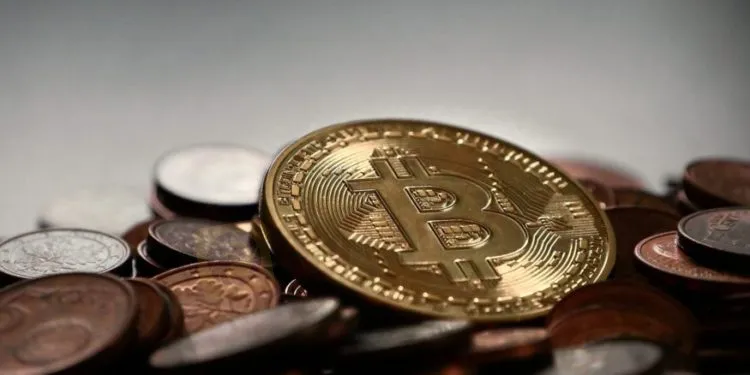简体中文
繁體中文
English
Pусский
日本語
ภาษาไทย
Tiếng Việt
Bahasa Indonesia
Español
हिन्दी
Filippiiniläinen
Français
Deutsch
Português
Türkçe
한국어
العربية
Cryptocurrency Vs Conventional Currencies
Abstract:Cryptocurrency are increasingly popular and are starting to receive recognition from various financial institutions. Just look at Visa, the world’s largest digital payment service provider. It stated that its long-term plan to use crypto currency as a means of payment.

ICDX Research & Development Manager Jericho Biere said the movement towards a cashless society was unavoidable. This encourages the global financial system to adapt to changes.
Crypto Capitalization Continues to Increase
One of these changes is the development of cryptocurrencies which are predicted to replace paper currencies. So dont be surprised if the market capitalization of crypto assets continues to climb.
In line with the development of cryptocurrencies, digital assets have started to appear with their respective functions and capacities. Jericho said this has led many countries to classify cryptocurrencies not as a means of payment but as an investment asset, so they are referred to as crypto assets.
According to him, although both can be used for payments, there are differences in issuance and operations between paper and crypto currencies. These two factors then affect the value of the two currencies.
“The most prominent difference between the two is decentralized issuance and operations with Blockchain technology on crypto assets, while fiat (physical) money is centralized or centralized. To understand this,” said Jericho.
Advantages of Cryptocurrencies: Inflation Resistant
By definition, fiat money is currency that is officially issued by a central bank like physical paper money and coins. Meanwhile, crypto assets, also known as digital or virtual currencies, are not regulated by a central bank or government.
Both act as a store of value, a medium of exchange, and a unit of account. Yet, the value of fiat currency can increase or decrease in the event of inflation or deflation.
This is different from crypto assets which are generally not affected by a country‘s inflation or deflation, unless the crypto asset is a stablecoin that is linked to a country’s currency.
“So it can be affected by economic indicators of the country concerned, including inflation or deflation rates,” he added.
Cryptocurrency: Immutable
From the supply side, the central bank can determine the physical currency in circulation depending on market needs, as well as carry out economic scenarios to regulate the circulation of the currency.
Excessive printing of physical currency by the central bank will make the value of the currency continue to fall, so it can make the prices of goods and services soar that is not in line with demand, especially during the current pandemic situation.
“Unlike crypto assets, coin issuers state that the number of crypto assets is limited or crypto assets are unlimited. In addition, the advantage of crypto assets is a coin burning mechanism to maintain the price and number of crypto assets when needed,” added Jericho.
He said crypto assets do not need a central bank. The value contained in crypto assets is private and operates independently. They work and run on a decentralized platform.
He also claims that crypto assets are safer than fiat money because crypto assets on the blockchain are immutable.

Disclaimer:
The views in this article only represent the author's personal views, and do not constitute investment advice on this platform. This platform does not guarantee the accuracy, completeness and timeliness of the information in the article, and will not be liable for any loss caused by the use of or reliance on the information in the article.
Read more

WikiEXPO Dubai 2024 will take place soon!
2 Days Left!

Italian Regulator Warns Against 5 Websites
The Italian regulator, CONSOB has issued a warning against five websites offering unauthorized financial services. This regulatory action aims to protect the public from fraudulent activities.

WikiEXPO Dubai 2024 is coming soon
3 Days Left!

Trader Exposes Unethical Practices by STP Trading
A recent allegation against STP Trading has cast doubt on the firm's business practices, highlighting the potential risks faced by retail traders in an increasingly crowded and competitive market.
WikiFX Broker
Latest News
What Makes Cross-Border Payments Easier Than Ever?
Trader Exposes Unethical Practices by STP Trading
Italian Regulator Warns Against 5 Websites
Currency Calculator


